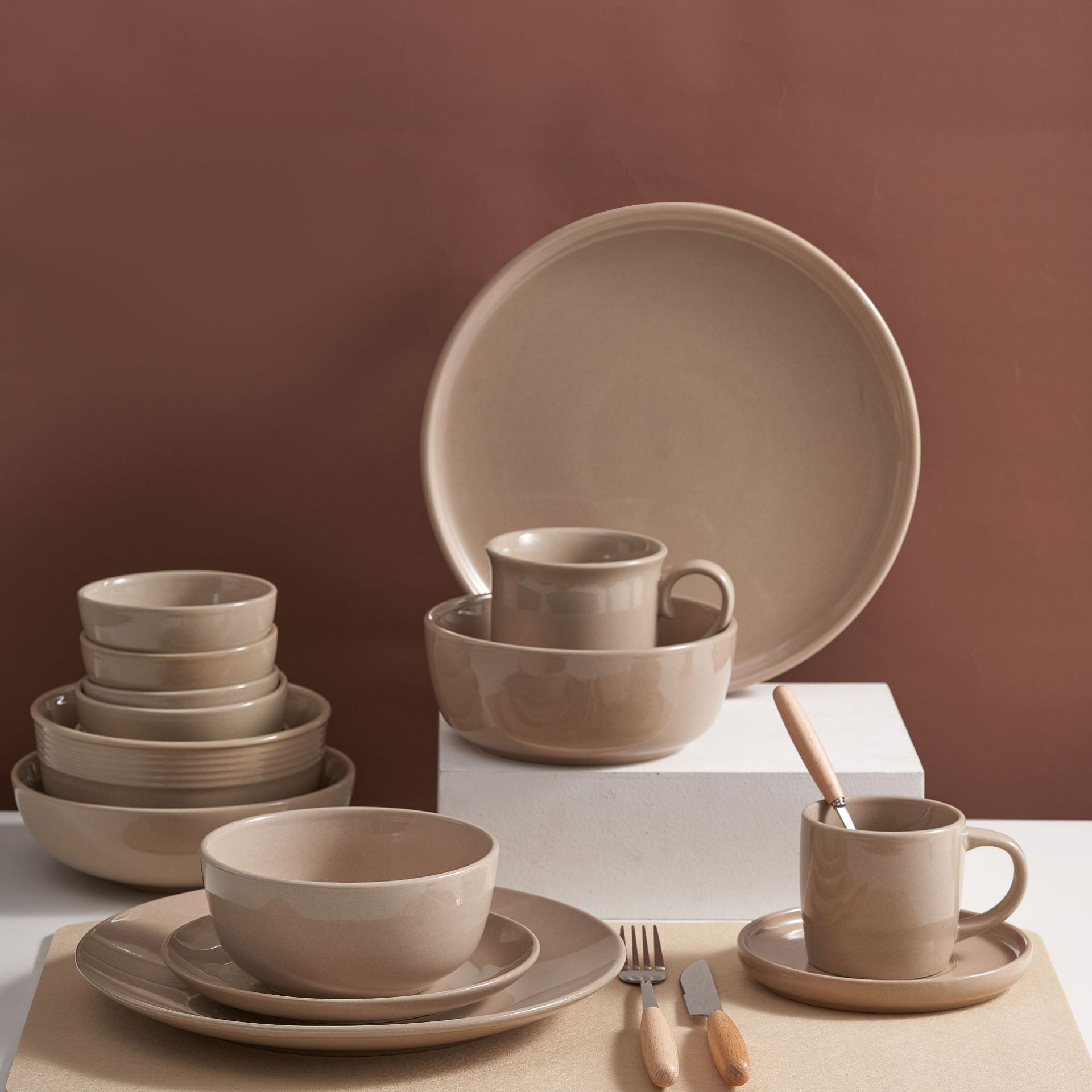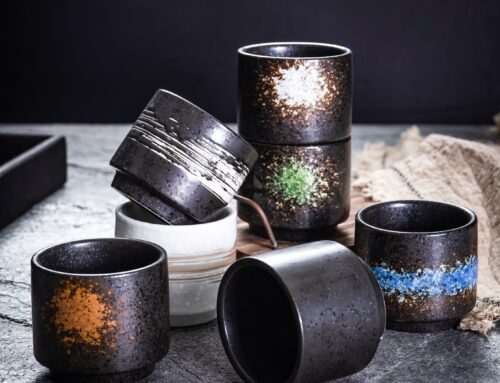Introduction
In the realm of ceramic craftsmanship, glaze stoneware stands out as a testament to the delicate fusion of art and functionality.
Historical Roots
The term “céladon,” derived from French, originally referred to a pale green glaze inspired by jade. Originating in China during the Song Dynasty (960-1279 AD), ceramics quickly spread to Korea and other parts of East Asia due to their distinctive translucent glaze achieved through controlled reduction firing in specific kiln environments.
Craftsmanship
Creating glaze stoneware requires skill and knowledge about ceramics. Artisans carefully apply the glaze, considering its thickness and evenness. Then they fire the pieces in a specialized oven at specific temperatures to achieve the desired color and finish. It’s a precise process that results in pieces with both simplicity and sophistication.
Aesthetic Appeal
The glaze stoneware is renowned for its subtle and sophisticated beauty, with pale green hues ranging from soft to deeper shades that create a tranquil and harmonious visual experience.
Contemporary Elegance:
The glazed stoneware has become a symbol of classy taste and timeless elegance in modern settings, effortlessly blending historical importance with contemporary aesthetics.
Conclusion
Glazed stoneware is still enchanting people all over the world with its timeless charm and rich history.







